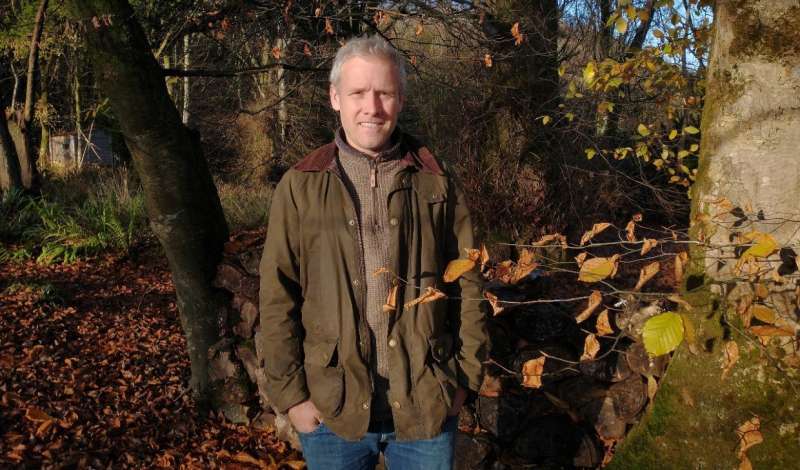Study finds edible fungi could support transition to net zero

An Honorary Professor from the University of Stirling has made a breakthrough in resolving a key conflict in the world's quest for net zero—how to reconcile tree planting and food production.
Dr. Paul Thomas's research in Mexico has found that inoculating native trees with an edible mushroom can produce more protein per hectare than pasture-raised beef, while reforesting areas, storing carbon and restoring biodiversity at the same time.
One of the significant outcomes from the global climate conference COP26 was a pledge from world leaders to end deforestation by 2030. Trees are primarily cut down to grow food for the world's growing population. In South America, for example, around 85% of rainforest has been felled to make way for pasture, or the cultivation of animal feed, to produce beef.
Dr. Thomas, affiliated to the Faculty of Natural Sciences at Stirling, said: "Land-use conflict is the major driver of deforestation worldwide, with demand for agricultural output forecast to increase for years to come.
"This study presents a whole new way of looking at land use, making it possible to combine food production—in this case an edible mushroom already appreciated in Mexico—with the carbon sequestration, biodiversity and conservation goals that forestry achieves."
The blue-colored mushroom—Lactarius indigo—was found to produce 7.3kg of protein per hectare, compared with pasture beef production, which produces 4.8-7.0kg. Soya can produce more than 200kg, but is grown as a monoculture, which depletes biodiversity and soil, releasing carbon into the atmosphere.
Trees, in comparison, enhance biodiversity and store carbon. Lactarius indigo is grown on native pine and oaks, which provide habitat for mammals, birds, insects and other vegetation.
The study, carried out with Dr. Luis-Bernardo Vazquez of the Colegio de la Frontera Sur in Chiapas, Mexico, collated existing research, including growth trials, selecting areas that showed resilience against different climate change models.
"We wanted to pick areas where we could be confident the mushroom can be grown in the long term," said Dr. Thomas. "The next stage of our project will be to empower local communities to grow the mushrooms, which are already collected and sold at market. This will support rural development by producing food in a way that restores depleted landscapes."
Dr. Thomas will launch a new, separate study in January to model growing mushrooms suited to the climate of northern Europe with native tree species.
The paper, "A novel approach to combine food production with carbon sequestration, biodiversity and conservation goals," is published in the journal Science of the Total Environment.
More information: Paul W. Thomas et al, A novel approach to combine food production with carbon sequestration, biodiversity and conservation goals, Science of The Total Environment (2021). DOI: 10.1016/j.scitotenv.2021.151301
Journal information: Science of the Total Environment
Provided by University of Stirling



















